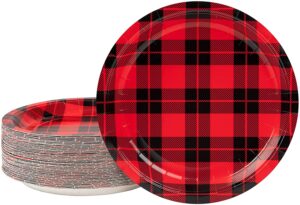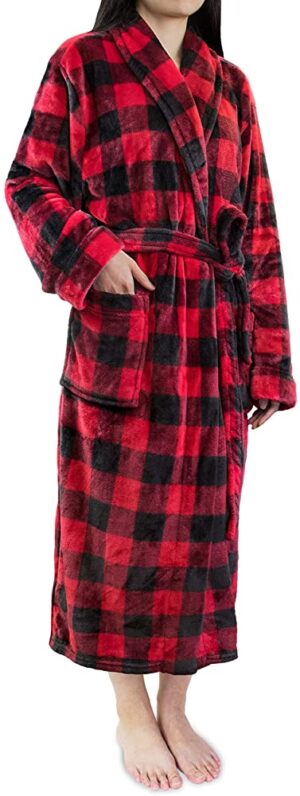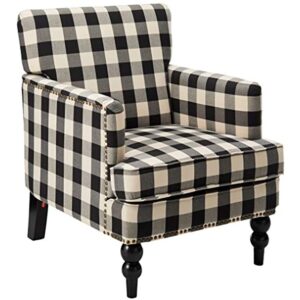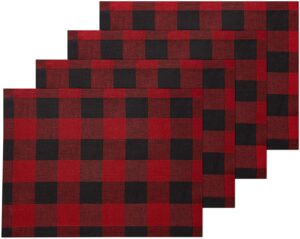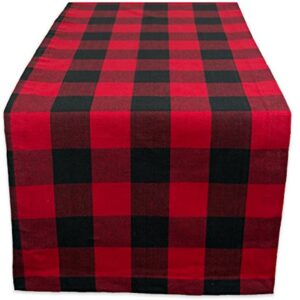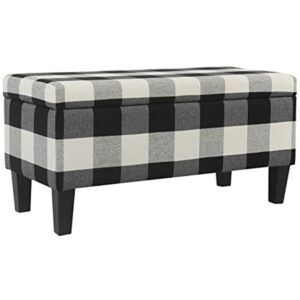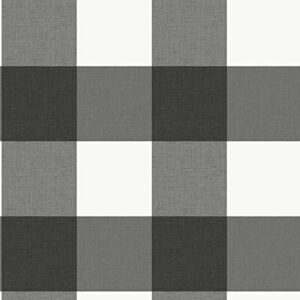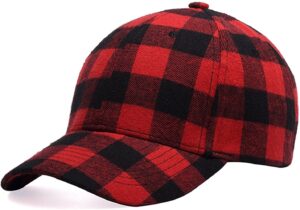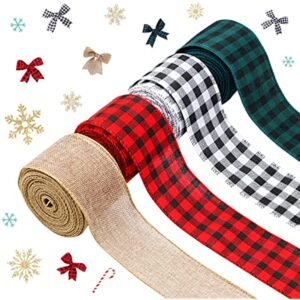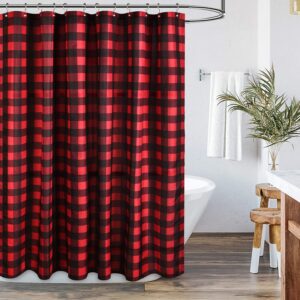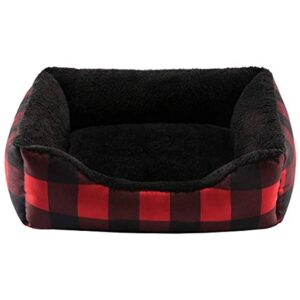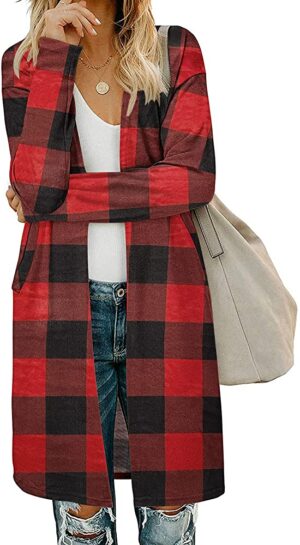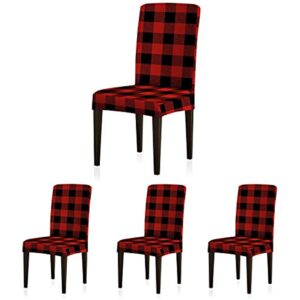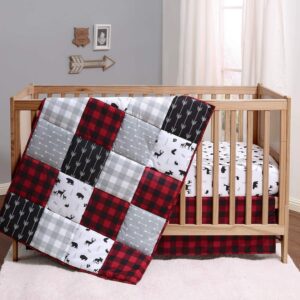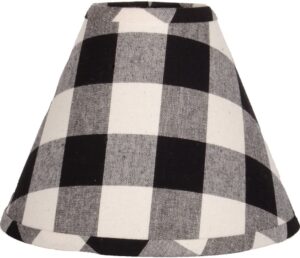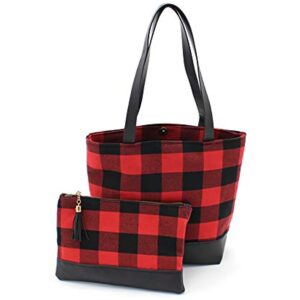Are you tired of searching high and low for the perfect rug to match your decor? Look no further! “How To Make Custom Rugs” is your ultimate guide to creating the rug of your dreams. Whether you’re a seasoned crafter or a complete beginner, this comprehensive manual will take you through each step of the rug-making process, from selecting the right materials to mastering various techniques. With easy-to-follow instructions and helpful tips, you’ll soon be able to transform any space with a unique and personalized rug that reflects your style and creativity. Say goodbye to generic rugs and hello to a one-of-a-kind masterpiece!
Getting Started on Your Custom Rugs
Understanding the basics of rug making
If you’re considering making your own custom rug, it’s important to have a basic understanding of rug making. Rug making is a craft that has been around for centuries and involves creating a textile floor covering using various techniques. Some common methods include knotting, weaving, tufting, and hooking. Each technique has its own unique process and can result in different textures and patterns in the rug. By familiarizing yourself with the basics of rug making, you’ll have a better understanding of how to approach your custom rug project.
Choosing the right materials and tools
Before diving into the design process, it’s crucial to select the right materials and tools for your custom rug. The materials you choose will depend on the technique you plan to use as well as your personal preference for the look and feel of the rug. Common materials for rug making include wool, cotton, silk, jute, and synthetic fibers. Each material has its own characteristics in terms of durability, texture, and ease of maintenance. Additionally, you’ll need to gather the necessary tools such as a loom, needles, hooks, and scissors to create your custom rug.
Finding inspiration for your custom rug design
Now that you have a basic understanding of rug making and have gathered the necessary materials and tools, it’s time to find inspiration for your custom rug design. There are endless sources of inspiration, from nature and art to cultural motifs and personal experiences. Consider the style and aesthetic you want to achieve with your rug, whether it’s modern and abstract or traditional and intricate. Browse through magazines, visit museums or art galleries, and explore online platforms like Pinterest to gather ideas and create a mood board for your design.
Starting the Design Process
Drawing your design
Once you have gathered inspiration for your custom rug design, it’s time to bring your ideas to life by sketching out your design. Grab a pencil and paper and start sketching the shapes, patterns, and motifs that you want to incorporate into your rug. Don’t worry about being perfect or detailed at this stage; the purpose of the sketch is to help you visualize your design and make any necessary adjustments before moving on to the next steps. Remember to consider the size of your rug and how the design will scale on the final piece.
Choosing your colors
Selecting the right colors for your custom rug is an important aspect of the design process. Colors can enhance the mood and overall aesthetic of the rug, so it’s essential to choose wisely. Consider the color scheme of the room where the rug will be placed and whether you want the rug to blend in or make a statement. You can choose a monochromatic scheme for a subtle and elegant look or opt for contrasting colors to create a vibrant and eye-catching design. Experiment with different color combinations by using color swatches or digital design tools to help you visualize the final result.
Deciding on the size of your rug
The size of your custom rug will depend on various factors such as the intended use, the available space, and your personal preference. Consider how the rug will fit into the room and whether you want it to be the focal point or a complementary piece. Measure the area where the rug will be placed and use these measurements as a guide when determining the size of your rug. Keep in mind that rug sizes can vary, so don’t limit yourself to standard dimensions. Custom rugs offer the flexibility to create a piece that suits your specific needs and preferences.
Selecting Your Material
Differentiating between various rug materials
When selecting the material for your custom rug, it’s important to understand the characteristics of each option. Wool is a popular choice for its durability, softness, and natural insulation properties. Cotton is a versatile and affordable option that offers a wide range of colors and patterns. Silk rugs are luxurious and delicate, perfect for special occasions or low-traffic areas. Jute rugs have a natural and earthy look, while synthetic fibers like nylon and polyester are often chosen for their affordability and easy maintenance. Consider the specific qualities you desire in your rug and choose the material that best aligns with your needs.
Understanding the pros and cons of different materials
Each rug material has its own set of advantages and disadvantages. Wool rugs are known for their resilience and ability to hide dirt, but they may require more maintenance and can be prone to shedding in the beginning. Cotton rugs are easy to clean and are generally more affordable, but they may not be as durable as wool. Silk rugs are luxurious and have a soft feel, but they are delicate and may not be suitable for high-traffic areas. Jute rugs are eco-friendly and have a natural appearance, but they may be less comfortable to walk on. Synthetic fiber rugs are stain-resistant and often budget-friendly, but they may lack the natural texture and feel of other materials. Consider these factors when making your material selection.
Buying your selected materials
Once you have decided on the material for your custom rug, it’s time to purchase the necessary supplies. Look for reputable suppliers or local stores that specialize in rug making materials. Compare prices and quality to ensure you’re getting the best value for your investment. Consider purchasing extra material in case of any mistakes or for future repairs. If you’re unsure about the quantity or type of material needed, don’t hesitate to ask for assistance from the store staff or seek advice from online rug-making communities. Ensure that you have all the materials on hand before starting your rug-making project to avoid any delays or interruptions.
Choosing the Right Tools
Guide to basic rug making tools
To create your custom rug, you will need a set of basic rug-making tools. These tools vary depending on the technique you’re using, but some common ones include a rug hook, rug tufting gun, rug needle, rug shuttle, and rug scissors. The rug hook is used in hooking and punch needle techniques, while the tufting gun is ideal for tufted rugs. A rug needle is necessary for weaving, and a rug shuttle helps with the weaving process by holding and passing the weft yarn through the warp yarns. Rug scissors are essential for trimming any excess yarn or fabric. Familiarize yourself with these tools and ensure that you have all the necessary ones before starting your project.
Selecting the right loom
Choosing the right loom is crucial in rug making, especially if you’re planning to weave your custom rug. There are different types of looms available, such as frame looms, rigid heddle looms, and floor looms. Frame looms are portable and versatile, making them suitable for small to medium-sized rugs. Rigid heddle looms are easy to use and compact, perfect for beginners or those with limited space. Floor looms are larger and offer more complex weaving patterns, ideal for experienced weavers or those looking to create intricate designs. Consider your skill level, budget, and space constraints when selecting the loom that best suits your needs.
Other equipment you may need
In addition to the basic rug-making tools and loom, there are other equipment and supplies that may come in handy during the rug-making process. These can include yarn winders, warping boards, shuttles, Bobbins, and quills for holding yarn, tapestry needles for seaming or adding extra details, and a tensioning system to keep your rug’s tension consistent throughout the weaving process. While not all tools are necessary for every rug-making technique, having a variety of equipment available can make your rug-making experience more efficient and enjoyable.
Creating Your Custom Rug
Preparation before starting
Before you start creating your custom rug, there are a few essential steps to take to ensure a smooth journey. First, set up your workspace in a clean and well-organized manner. Make sure you have enough space to work comfortably and that all your tools and materials are easily accessible. Prepare your material by skeining or winding it into balls to prevent tangles and ensure a smooth weaving or knotting process. Take the time to familiarize yourself with the specific techniques you’ll be using, whether it’s knotting, weaving, tufting, or hooking. Practice a few simple stitches or weaves to get comfortable before diving into your design.
Step-by-step guide to creating the rug
Now that you’ve prepared your workspace and materials, it’s time to start creating your custom rug. Follow these general steps depending on the technique you’ve chosen:
For knotting: Begin by securing the warp threads onto the loom. Tie individual knots using your chosen knotting technique until the entire rug is covered. Trim any excess knots for a smooth finish.
For weaving: Warp your loom by attaching the warp threads vertically. Begin weaving the weft threads horizontally, following your design or pattern. Continue weaving, alternating the weft threads until the rug is complete. Secure the edges and remove the rug from the loom.
For tufting: Set up your tufting gun and select the desired height of the pile. Start tufting from the backside of the fabric, pushing the yarn through and cutting it to the desired length. Continue tufting, following your design, until the entire rug is covered. apply a backing material to secure the tufts.
For hooking: Draw your design onto the backing material. Use a rug hook or punch needle to pull loops of yarn through the backing, following your design. Continue hooking until the entire rug is covered. Trim any excess yarn for an even pile.
Dealing with common issues during rug making
During the rug-making process, you may encounter a few common issues. Some yarns may be prone to tangling or shedding, requiring you to be patient and untangle them as you go. Additionally, tension issues can arise, resulting in uneven or loose stitches. Regularly check your tension and adjust as needed to maintain consistent stitching. If you make a mistake in your design, don’t panic. Depending on the technique, you may be able to undo or fix any errors. Finally, remember that rug making is a time-consuming process, so take breaks and pace yourself to avoid fatigue or frustration.
Adding Finishing Touches
Cleaning up your custom rug
Once you have completed your custom rug, it’s time to give it a final clean-up. Remove any loose threads, excess yarn, or fabric remnants. Gently shake or vacuum the rug to remove any dust or debris. If necessary, spot clean any stains or marks using a mild detergent and a soft cloth. Be careful not to saturate the rug and allow it to air dry thoroughly before placing it in its intended location. Regular cleaning and maintenance will help preserve the beauty and longevity of your custom rug.
Adding any desired embellishments
To add a personal touch to your custom rug, consider incorporating embellishments. These can include fringe, tassels, or decorative embroidery. Fringe can be added to the edges of the rug for a more traditional and elegant look. Tassels can be attached to each corner or along the edges to add a playful and bohemian touch. Decorative embroidery can be used to highlight specific patterns or motifs in your design. Experiment with different embellishments to find the ones that enhance the overall aesthetic of your custom rug.
Finishing the edges for a polished look
To achieve a polished and professional look, finishing the edges of your custom rug is essential. Depending on the material and technique used, there are various methods you can employ. For knotted rugs, you can bind the edges with a matching yarn or fabric binding. For woven rugs, you can hem or whipstitch the edges to prevent fraying. For tufted rugs, you can add a fabric or yarn border around the edges. For hooked rugs, you can fold and sew a fabric strip around the edges. Choose a finishing method that complements your design and ensures the durability of your custom rug.

Caring for Your Custom Rug
Recommended cleaning methods
To keep your custom rug looking its best, it’s important to follow the recommended cleaning methods for the specific material you’ve chosen. Vacuum your rug regularly to remove loose dirt and debris. For wool or cotton rugs, spot clean any stains using a mild detergent and a soft cloth. Avoid using harsh chemicals or submerging the rug in water unless specifically advised by the manufacturer. For silk or delicate rugs, professional cleaning may be necessary. If in doubt, consult the care instructions provided with your rug or seek advice from a professional rug cleaner.
Routine maintenance tips
In addition to regular cleaning, there are a few maintenance tips to keep your custom rug in top condition. Rotate your rug periodically to ensure even wear and prevent the rug from fading in exposed areas. Use rug pads or underlays to provide extra cushioning and prevent slipping. Avoid placing heavy furniture directly on the rug to minimize indentations. If your rug is in a high-traffic area, consider using a rug protector or runner to reduce wear and tear. By following these routine maintenance tips, you can extend the lifespan of your custom rug and keep it looking vibrant for years to come.
Repairing any damage
In the unfortunate event that your custom rug sustains damage, it’s important to address it promptly to prevent further deterioration. If you notice loose threads or fraying edges, carefully trim them with scissors to prevent further unraveling. For small holes or tears, you can use a needle and thread to mend the area discreetly. If the damage is more significant, it may be necessary to seek professional assistance for proper repair. Remember that regular maintenance and careful handling can minimize the risk of damage and prolong the life of your custom rug.
Troubleshooting Issues During Rug Making
Common challenges and solutions in rug making
Rug making is a rewarding but sometimes challenging process. Some common challenges you may encounter include difficulty maintaining tension, uneven stitching, tangled yarn, or incorrect color placement. To address tension issues, regularly check and adjust the tension of your loom or tool to ensure consistent stitches. For uneven stitching, take your time and pay attention to your technique, making sure to evenly pull or loop yarn as necessary. To prevent tangled yarn, keep your materials organized and taut while working. If you make a mistake with color placement, consider adapting your design or utilizing creative techniques such as adding intentional color variations or incorporating complementary colors.
Maintaining your tools and equipment
To ensure the longevity and optimal performance of your rug-making tools and equipment, it’s important to maintain them properly. After each use, clean and dry your tools thoroughly to remove any debris or moisture. Store them in a clean and dry place, away from direct sunlight or extreme temperatures. Regularly check for any signs of wear or damage, such as bent needles or frayed hooks, and replace as necessary. Lubricate moving parts, such as those on a tufting gun or loom, according to the manufacturer’s instructions. By taking care of your tools and equipment, you can continue to enjoy the rug-making process and create beautiful custom rugs for years to come.
Adapting your design mid-process
There may be instances where you feel the need to adapt your design mid-process. Perhaps you’ve discovered a new technique or color combination that you would like to incorporate, or you’ve realized that certain elements of your original design aren’t working as intended. The beauty of creating custom rugs is the flexibility to make changes along the way. Take a step back, evaluate your design, and consider if and how you can incorporate your new ideas. Don’t be afraid to experiment and push the boundaries of your original vision. Ultimately, the most important thing is to create a rug that you love and that reflects your unique style and creativity.
In conclusion, creating your own custom rug can be a fulfilling and creative endeavor. By understanding the basics of rug making, choosing the right materials and tools, and finding inspiration for your design, you can embark on a rug-making journey that is uniquely yours. Through careful preparation, thoughtful design choices, and attention to detail, you can bring your custom rug to life. Remember to care for your rug properly, address any issues that may arise during the process, and enjoy the pride and satisfaction that comes with completing a handmade masterpiece. So, gather your materials, grab your tools, and let your creativity flow as you embark on the exciting adventure of making your own custom rugs.






